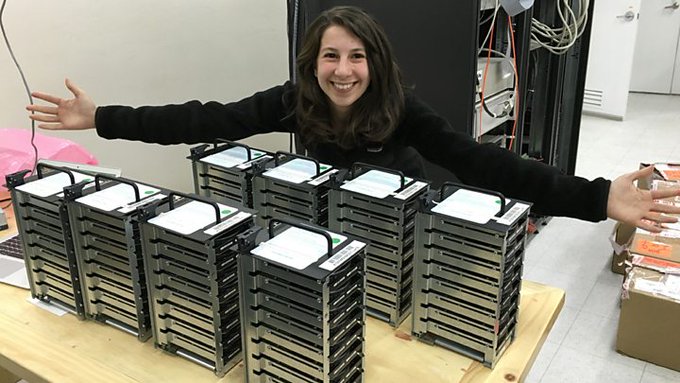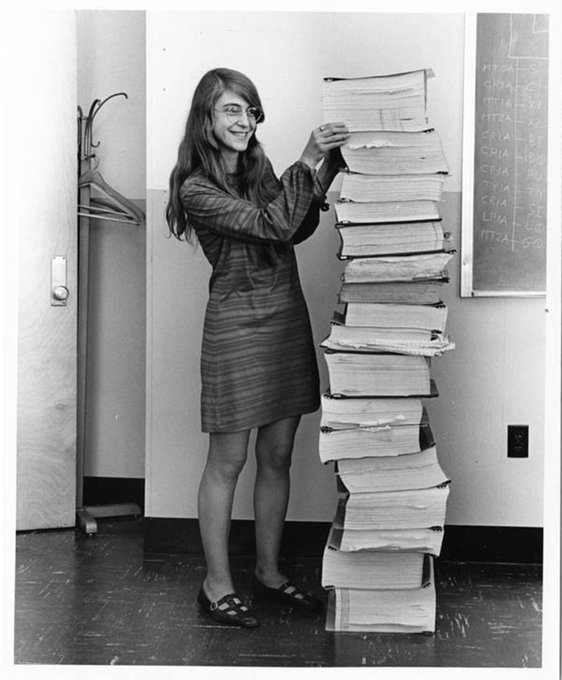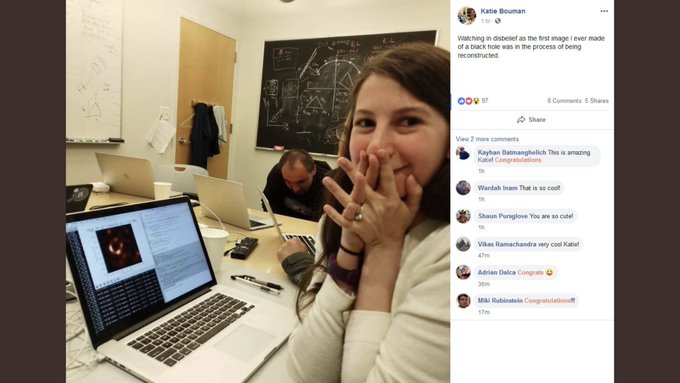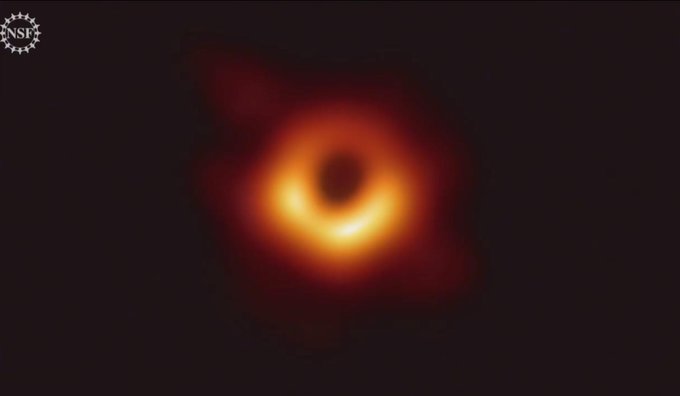
What's your profile picture? Heart hands in front of a sunset? Busting some moves at a friend's wedding? A snap of you and your nearest and dearest?
Well, one 29-year-old has trumped your efforts with a photo of her loading the first ever image of a black hole on Wednesday.
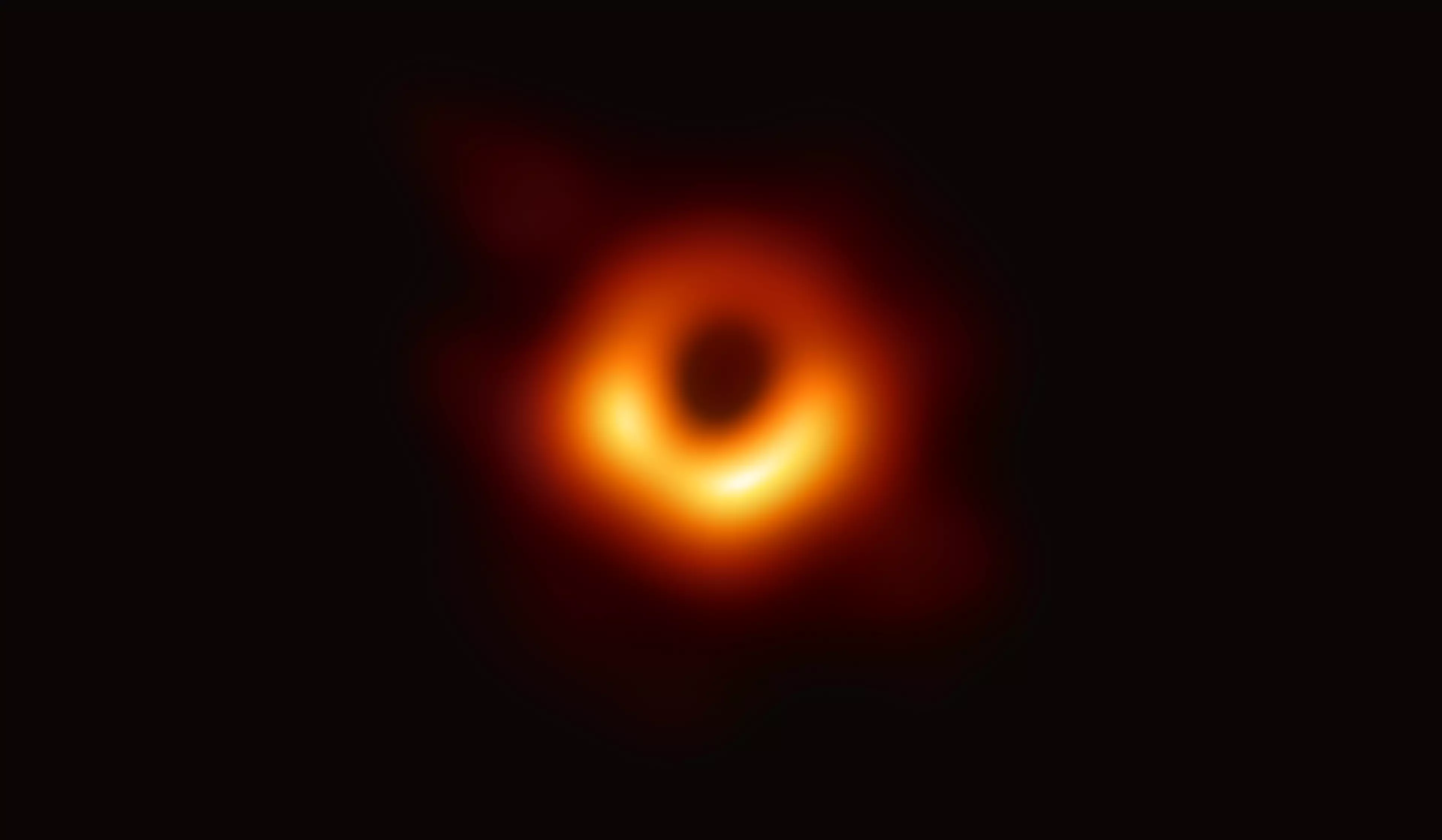
Katie Bouman earned global praise this week for her role in developing the algorithm that created the first-ever image of a black hole.
Advert
The American computer scientist led development of a programme that made the amazing image possible.

The breakthrough photo shows dust and gas forming a ring shape some 500 million trillion km from Earth and it was released on Wednesday.
Its creation made an endeavour that was previously thought impossible, a reality. And the quietly excited and overwhelmed look on Katie's face says it all.
Dr Bouman was pictured bracing herself as she loaded the groundbreaking image on her laptop. Beats your pouting selfie, doesn't it?
Advert
She captioned the Facebook post: "Watching in disbelief as the first image I ever made of a black hole was in the process of being reconstructed."
Katie started working on the groudbreaking algorithm three years ago when she was still a grad student at the Massachusetts Institute of Technology (MIT), US.
She led the project alongside a team from MIT's Computer Science and Artificial Intelligence Laboratory, the MIT Haystack Observatory and the Harvard-Smithsonian Center for Astrophysics.
The historic image was then captured by the Event Horizon Telescope (EHT) - a network of eight linked telescopes using Dr Bouman's new algorithm.
Advert
Dr Bouman became an international sensation with her name and image trending on Twitter in the hours after the revolutionary photo's release.
New York Democratic Rep Alexandria Ocasio-Cortez tweeted: "Take your rightful seat in history, Dr. Bouman! Congratulations and thank you for your enormous contribution to the advancements of science and mankind. Here's to #WomenInSTEM
Katie was also hailed by her colleagues at MIT who tweeted:
"3 years ago MIT grad student Katie Bouman led the creation of a new algorithm to produce the first-ever image of a black hole. Today, that image was released."
But humble Katie, who's now an assistant professor of computing and mathematical sciences at the California Institute of Technology, insisted her team deserves equal credit for the release of the image.
Advert
Using telescopes all over the world from Antarctica to Chile, the project involved a team of more than 200 scientists.
She told CNN: "No one of us could've done it alone. It came together because of lots of different people from many different backgrounds."
So what are we actually looking at? The black hole is "unseeable" to the naked eye but measures 40 billion km across. That's three million times the size of the Earth.
Advert
Prof Heino Falcke of Radboud University in the Netherlands, who proposed the experiment, told the BBC that it's "larger than the size of our entire Solar System."
It was scanned over 10 days in the Messier 87 galaxy
An algorithm is a process or set of rules used to solve problems.
Dr Bouman and her team developed these algorithms that converted telescopic data into photos (like this one).
No telescope is powerful enough to capture the black hole on its own so a network of eight was enlisted to do the job using a technique called interferometry.
The data captured from each telescope was stored on hard drives and then flown to three central processing centres in Boston, US, and Bonn in Germany.
Katie's method of processing the raw data was instrumental in creating the first ever black hole image.
Her testing process used multiple algorithms with "different assumptions built into them" to recover a photo from the data.
The results of each algorithms were analysed by four separate teams to build confidence in the accuracy of their findings.
Katie said: "We're a melting pot of astronomers, physicists, mathematicians and engineers, and that's what it took to achieve something once thought impossible."
Featured Image Credit: Facebook/Katie BoumanTopics: Life News
